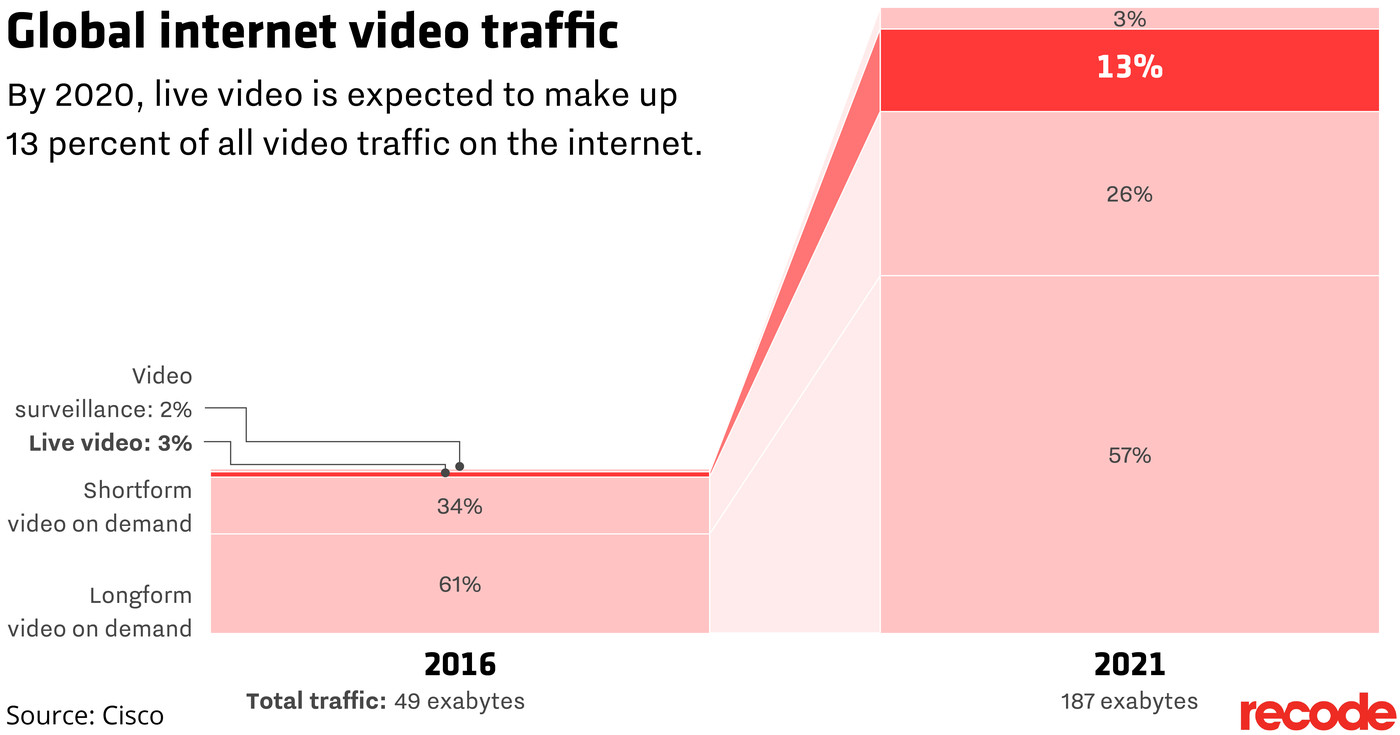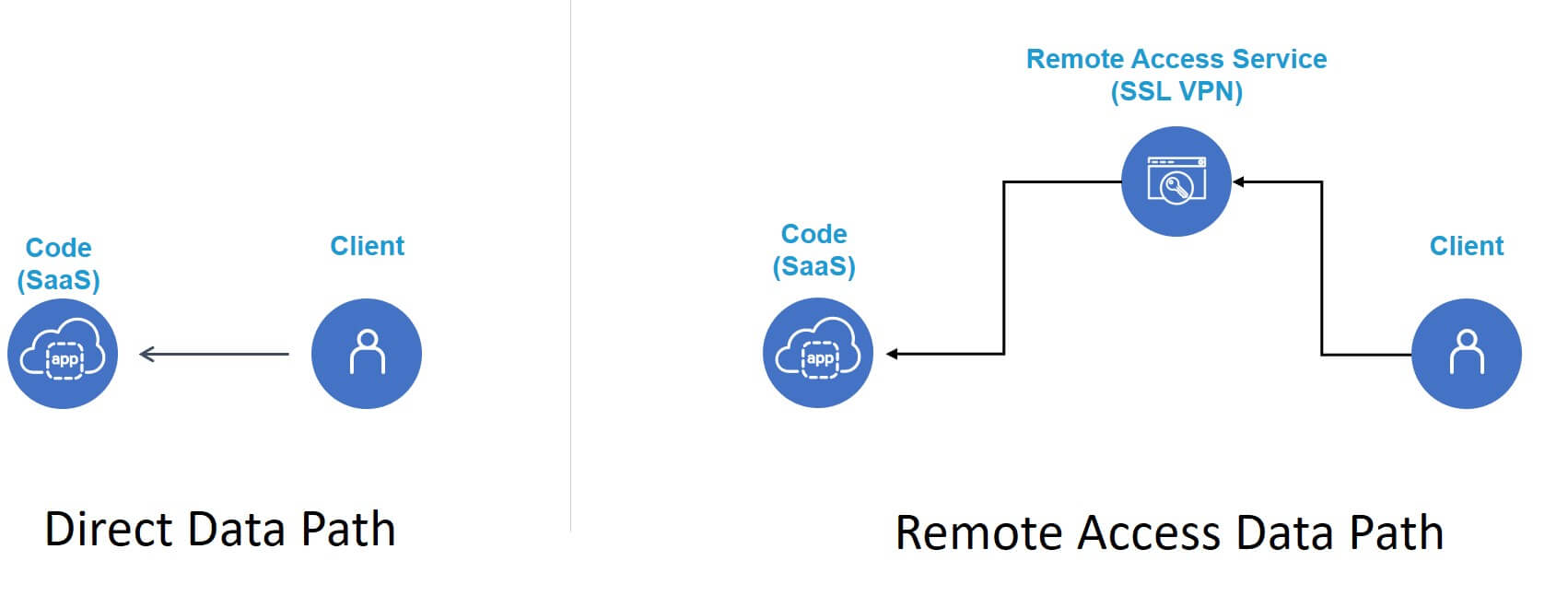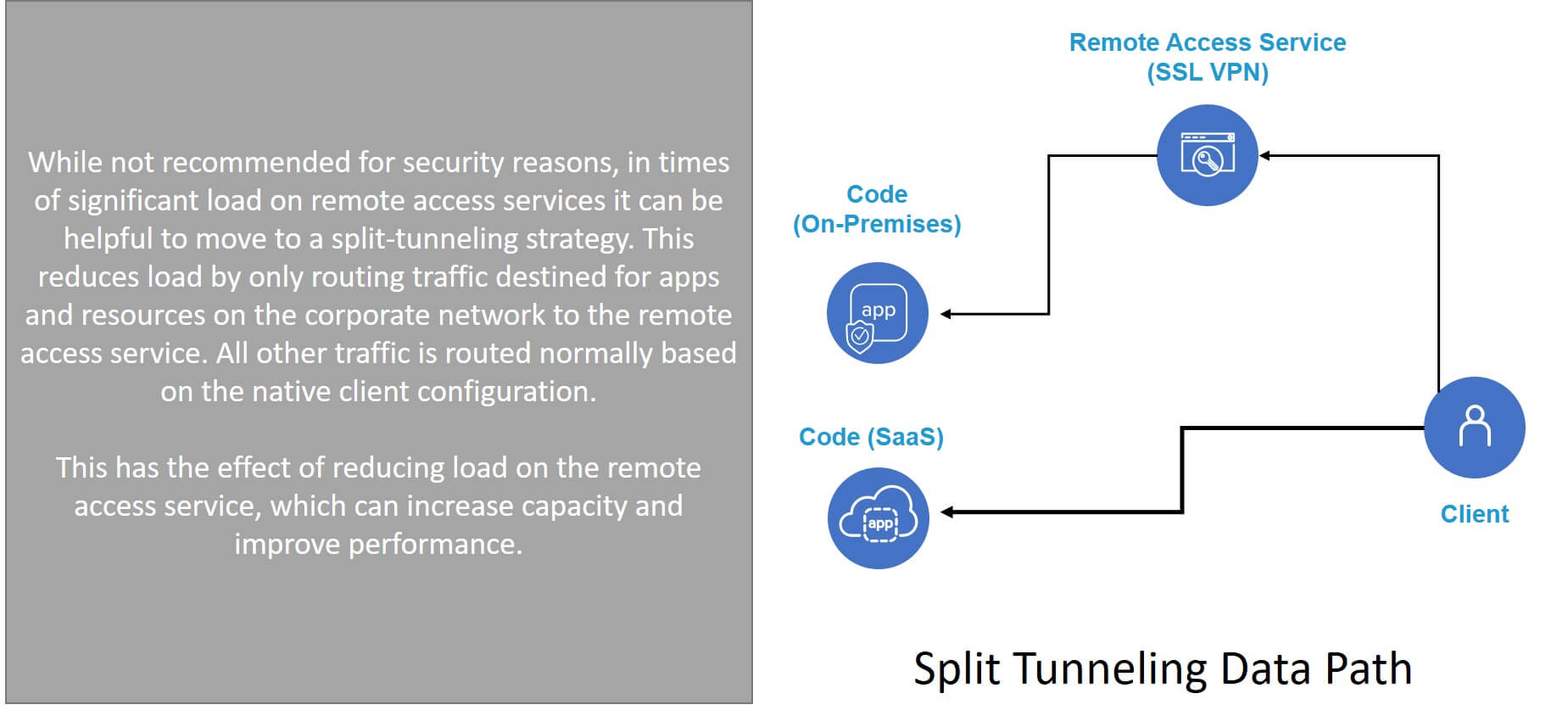OPTIMIZACIÓN DEL ACCESO REMOTO PARA APOYAR EL TRABAJO EN CASA DURANTE EL COVID-19
Este artículo se ha compilado a partir de las contribuciones de la Oficina del CTO de F5.
Desde que comenzamos a encuestar a nuestros clientes sobre su uso de servicios de aplicación , SSL VPN ha mantenido un lugar entre los "cinco primeros". Hoy en día, más comúnmente conocido como acceso remoto , este servicio de aplicación proporciona acceso seguro a los recursos corporativos desde cualquier lugar a través de un cliente.
En este momento, está ayudando a permitir que cientos de miles de nuevos empleados remotos trabajen desde casa.
Según nuestra investigación, un porcentaje significativo de implementaciones de acceso remoto han estado en funcionamiento durante años. Por lo tanto, es probable que se configuraran y ajustaran para optimizar el acceso en función de los patrones de tráfico y el uso común de las aplicación en ese momento. No necesariamente se han actualizado para reflejar cambios en esos patrones y usos.
Al menos eso es lo que estamos viendo ahora mismo.
A medida que la COVID-19 continúa su avance por todo el mundo, ninguna industria ha enfatizado tanto el acceso remoto como la atención médica. El uso de acceso remoto por parte del personal hospitalario, especialmente en los hospitales más grandes, ha experimentado un crecimiento exponencial en las últimas semanas, desde unos pocos a diez mil y más usuarios simultáneos . El personal del hospital está trabajando intensamente en primera línea y desde casa para ayudarnos a superar esta pandemia. Sufren largas jornadas de trabajo, falta de recursos y, en muchos casos, aislamiento de sus propias familias.
Tampoco deberían tener que sufrir un rendimiento deficiente o la imposibilidad de acceder a aplicaciones críticas.
Una forma de aumentar la capacidad y mejorar el rendimiento de los usuarios remotos es actualizar la configuración de acceso remoto para reflejar la composición moderna del tráfico de aplicación . Hoy en día, el tráfico de Internet se compone mayoritariamente de vídeo, con una saludable combinación de transmisión en vivo y bajo demanda. El auge de la telemedicina (el uso de video en vivo por parte del personal médico para discutir temas de salud con la comunidad) durante esta pandemia está aumentando y, junto con él, el tráfico de video en vivo.

Nuestro recurso a las aplicaciones SaaS también incide en la capacidad y el rendimiento del acceso remoto . Hoy en día, el veintidós por ciento (22 %) de la cartera de aplicaciones corporativas está compuesta por aplicaciones SaaS como Office 365, Teams, Salesforce y G-Suite.
El predominio actual del tráfico de vídeo y SaaS es, en parte, la razón por la que los servicios de acceso remoto se están viendo desbordados.
Cómo el acceso remoto cambia la ruta de datos
En una configuración de acceso remoto tradicional, todo el tráfico fluye a través del servicio de acceso remoto . Todo. Tráfico. En el caso de SaaS, esto significa que el tráfico de la aplicación destinado a un destino en la nube se enruta a través del servicio de acceso remoto .

Esto puede no parecer problemático hasta que se considera que el servicio de acceso remoto puede estar ubicado en Seattle, pero la aplicación SaaS a la que se accede en realidad está alojada en Virginia y usted se encuentra en Minneapolis. El tráfico tiene que atravesar el país no una, sino dos veces. Esto genera un estrés innecesario en el servicio de acceso remoto y en los usuarios, que pasan más tiempo esperando que la aplicación responda que trabajando. A este patrón de tráfico lo llamamos "backhauling" porque todo el tráfico es efectivamente "transportado" a la "oficina administrativa" antes de ser enviado a su destino previsto.
Esto también es válido para el vídeo en tiempo real, que hoy en día se ofrece en gran medida mediante ofertas SaaS. Todo el tráfico se enruta a través del servicio de acceso remoto , lo que puede contribuir a tartamudeos, paradas y conversaciones confusas. Esto también es válido para la transmisión de vídeo. Muchos clientes de acceso remoto envían todo el tráfico del cliente a través de su servicio de acceso remoto complementario. Para muchas personas, actualmente no existe distinción entre computadoras portátiles "de trabajo" y "de casa". Aliviar la ansiedad y el estrés con un video rápido o un episodio de una comedia favorita en Netflix o Hulu puede ser una distracción necesaria y útil. Ese tráfico también puede terminar atravesando el servicio de acceso remoto y generar un estrés innecesario en el servicio y en el espectador.
Para complicar la cuestión, hoy en día el tráfico web suele estar encriptado mediante SSL o TLS. Nuestros proveedores de servicios y clientes empresariales ven aproximadamente el 50% de tráfico cifrado, y una parte significativa del tráfico no cifrado es video. Ni el tráfico cifrado ni el de video se benefician de las capacidades de compresión que ofrecen (y que están habilitadas en la mayoría de) los servicios de acceso remoto . Los beneficios de la compresión han sido en gran medida anulados por el uso del cifrado, ya que el proceso de cifrado elimina las cadenas repetitivas en las que se basan la mayoría de los algoritmos para reducir el contenido. Al intentar comprimir dicho tráfico, los servicios de acceso remoto en realidad pierden el control y desperdician ciclos y tiempo.
Hay varios cambios de configuración que puede realizar para reducir la carga en su servicio de acceso remoto y mejorar la experiencia del usuario remoto.
Eliminación del backhaul para el tráfico no corporativo
El propósito de los servicios de acceso remoto es principalmente proteger el acceso y la transmisión hacia y desde las aplicaciones alojadas en la red corporativa . Básicamente, no quieres que cualquiera pueda acceder a aplicaciones y redes internas . SaaS y las videoconferencias (o la transmisión de video, por supuesto) no residen en la red corporativa y se puede reducir la carga en el acceso remoto al no procesarlos en un momento como este.
Para hacer esto, puede utilizar una opción de configuración llamada "tunelización dividida" . Esto le permitirá especificar que el tráfico destinado a suempresa.com debe pasar por el servicio de acceso remoto mientras el resto del tráfico se maneja normalmente. Es decir, no se reenvía a través del servicio de acceso remoto . Si bien normalmente no recomendamos esta opción por razones de seguridad, es particularmente útil en este momento para ayudar a mejorar el rendimiento de SaaS y aplicaciones de video en tiempo real si tiene muchos empleados trabajando desde casa y su servicio de acceso remoto está abrumado.

- Si utiliza F5 BIG-IP APM, puede encontrar instrucciones detalladas sobre cómo habilitar y configurar la tunelización dividida en este artículo de la base de conocimientos (K55104964).
Desactivar la compresión
La segunda cosa que puedes hacer es desactivar las opciones de compresión en tu servicio de acceso remoto . Esto elimina el problema de desperdiciar ciclos y esfuerzos y disminuye la carga en el servicio de acceso remoto . Eso, a su vez, mejorará el rendimiento general y la capacidad para atender a más trabajadores remotos.
- Si está utilizando F5 BIG-IP APM, puede encontrar instrucciones detalladas sobre cómo deshabilitar la compresión en este artículo de la base de conocimientos (K19681382).
Tenga en cuenta también que si tiene problemas con una aplicación interna, es posible que desee que alguien verifique si también tiene habilitada la compresión. Si es seguro (HTTPS) (y debería serlo) y la compresión está activada, es posible que quieras intentar deshabilitarla. Si sus aplicaciones se ejecutan en NGINX, puede encontrar más información sobre cómo administrar la compresión aquí .
Otras vías a seguir
Otra opción es animar a los usuarios a reducir la resolución de sus transmisiones de vídeo de 1080p a un valor inferior (por ejemplo, 480p). En grandes reuniones basadas en video, esto puede ser un gran impulso y ayudar a garantizar que la calidad de la voz se mantenga alta. Si bien reducir la resolución puede afectar la calidad, a menudo vale la pena por la estabilidad y el rendimiento más fluido que se obtiene. Esto es algo que deben tener en cuenta todos aquellos que tengan problemas con el video en casa, especialmente cuando todos en el hogar están transmitiendo, jugando e intentando trabajar al mismo tiempo.
Si está usando F5 BIG-IP APM y aún tiene problemas con la carga que generan desafíos de rendimiento o disponibilidad, existen otras opciones que puede considerar, entre las que se incluyen aprovechar la aceleración de hardware para cifrados TLS, verificar sus grupos de arrendamientos y SNAT, optimizar y reducir las ACL y habilitar la modelación del tráfico.
- Puede encontrar una lista completa de opciones que puede utilizar para ajustar BIG-IP APM en este artículo de la base de conocimiento (K46161759).
- O, si prefieres profundizar en la implementación, configuración y optimización de BIG-IP APM, este video te será útil.
- Y sería negligente si no mencionara la ayuda de expertos (tanto de F5 como de atención al cliente) disponible en DevCentral. La comunidad está lista y puede ayudar las 24 horas del día, los 7 días de la semana y es absolutamente gratis.
- Por último, aquí hay una lista compilada de posibles situaciones que podría encontrar con BIG-IP APM durante el brote de COVID-19 para ayudarlo a identificar rápidamente la solución adecuada.
No todos los desafíos de la situación actual giran en torno al acceso remoto. También contamos con recursos disponibles para ayudar con otros desafíos de continuidad empresarial .
No dude en comunicarse con el personal de ventas o soporte si tiene problemas con su solución de acceso remoto . Estamos totalmente comprometidos a ayudar a nuestros clientes y comunidades a superar juntos este momento sin precedentes y estamos aquí para ayudar.
Sobre todo, manténgase a salvo.
